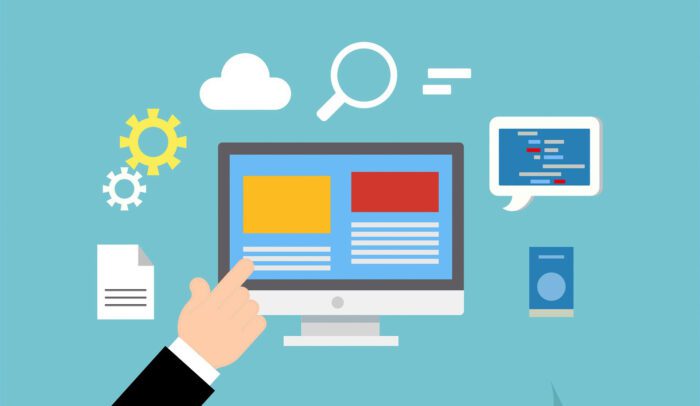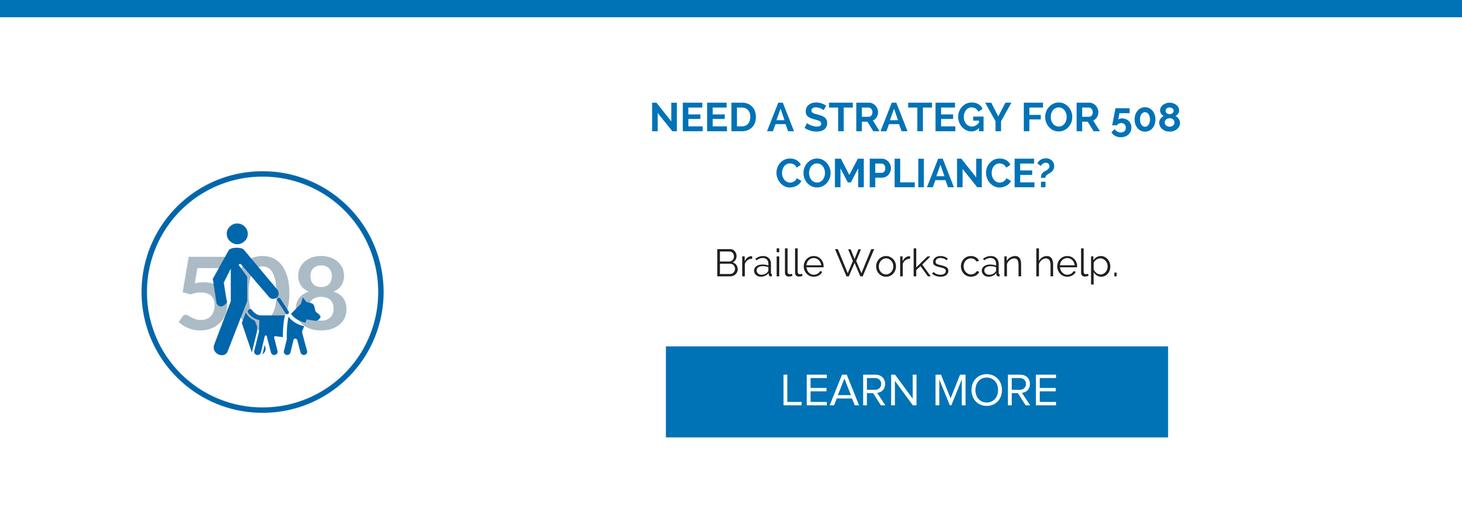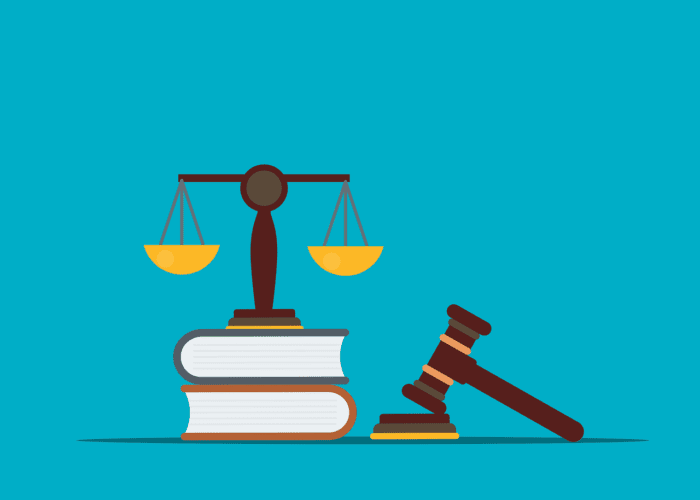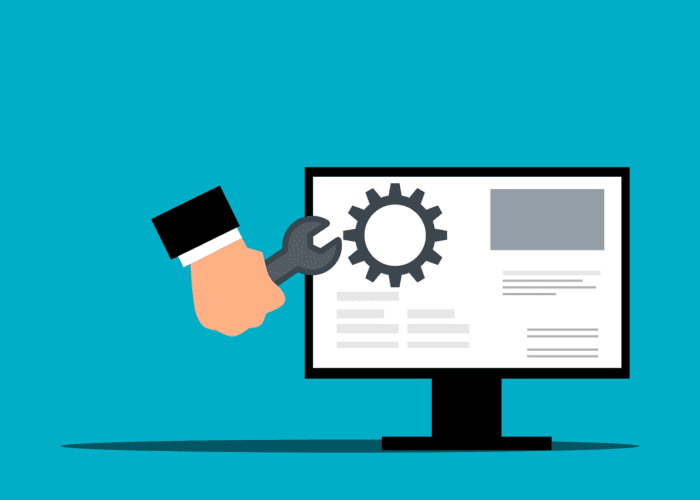508 Compliance: Who Needs to be Compliant?
Published onWhat is Section 508?
Who needs to be 508 compliant?
What documents fall under Section 508?
Why is Section 508 important?
Ensure 508 compliance.
You’re not alone if you’ve heard the terms “Section 508” or “508 compliant” and wondered what they mean. Briefly put, Section 508 is part of the Rehabilitation Act of 1973 and has undergone several strengthening refreshes over the years. The most recent of these was in 2017; with a final correction in 2018.
These standards and guidelines ensure that information and communication covered by Section 508 are accessible and understandable to individuals with disabilities.
That explanation might leave you with more questions. For example, what exactly does that mean to your business? How do you know if Section 508 affects your organization? If you are affected, how can you ensure compliance?
A deeper look at Section 508 best provides answers to these questions.
Related: New to Accessibility? Start Here.
What is Section 508?
In 1998, Congress amended the Rehabilitation Act of 1973 and added Section 508. This section aims to “…require Federal agencies to make their electronic and information technology (EIT) accessible to people with disabilities.”
The January 2017 refresh updated the federal sector’s accessibility guidelines as well as its information and communication technology (ICT) requirements. It also updated guidelines for telecommunications. Furthermore, it reorganized Section 508 guidelines to better align with and reflect recent communication technology innovations. These guidelines affect all federal agencies. They also affect vendors, contractors, and partners of those agencies operating in the United States or abroad.
Who needs to be 508 compliant?
Section 508 doesn’t only apply to federal agencies. It also impacts any organization that does business with a federal agency or receives federal funding. This includes private contractors, the financial industry, healthcare, many legal organizations, and others.
Not sure if you need to be 508 compliant? Ask an expert.
What documents fall under Section 508?
If Section 508 applies to you, all your digital communications must be accessible. Digital communications include, but are not limited to, website content, emails, computer software, apps, and PDF documents.
Did you know PDFs aren’t automatically accessible? Instead, they have to go through a remediation process before screen readers can access their information. Otherwise, the devices don’t understand how to interpret the content within the document.
Related: What is an accessible PDF?
Why is Section 508 important?
Without Section 508 or a similar law’s guidance, agencies would probably either make it up as they go, or not incorporate accessibility at all. People with disabilities would then miss out on essential and sometimes lifesaving information. For example, they probably wouldn’t have access to important notices from departments like the Social Security Administration (SSA) or Internal Revenue Services (IRS) in formats they need.
That’s why Section 508 is so important. It holds all federal agencies and those receiving federal funding accountable while also offering guidance on how to provide digital accessibility properly. That way, all Americans are included in important communications.
Ensure 508 compliance with an accessibility strategy
Achieving 508 compliance can be a complicated process to undertake on your own. Many people within an organization are responsible for providing compliant documents and communication under Section 508. Often organizations rely on online assessment tools to confirm compliance. But, shortcut solutions don’t provide full accessibility.
Related: Should You Be Concerned with 508 Compliance Testing?
You need an accessibility strategy that not only transforms your business communications but expands further to look at your company’s accessibility as a whole.
The most effective way to increase accessibility is to view it as an ongoing opportunity rather than a single task. Look for ways to transform not just your documents but also your workspace, processes, and culture. When accessibility is ingrained in your organization’s culture, it’s easier to predict opportunities for accessibility and avoid non-compliant communications.
Categorized in: Accessibility, Banking, Government
This post was written by







Comments are closed here.